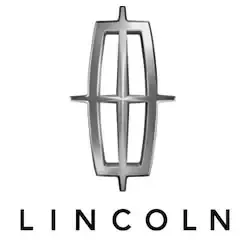Lincoln LS Tire Pressure
Most common recommended tire pressure for Lincoln LS is 30 psi based on year of production, trim and OEM tire size, but it maybe different for older models. It is imperative to confirm the exact tire inflation for your Lincoln LS to ensure safety on the road. Always refer to your vehicle owner's manual for the correct tire pressure designated by vehicle's manufacturer.
Select your Lincoln LS production year to see its recommended tire inflation.
| Model Year | Front Tires | Rear Tires |
|---|---|---|
| 2006 Lincoln LS | 30 psi | 30 psi |
| 2005 Lincoln LS | 30 psi | 30 psi |
| 2004 Lincoln LS | 30 psi | 30 psi |
| 2003 Lincoln LS | 30 psi | 30 psi |
Recommended Tire Pressure for Lincoln LS
Maintaining the recommended tire pressure for a Lincoln LS is pivotal, not only for ensuring optimal vehicle performance but also for enhancing road safety and fuel efficiency. Proper tire inflation plays a critical role in maximizing the tire's footprint - the area of tire that contacts the road - which significantly impacts handling and stability. Driving a Lincoln LS with tires inflated to the manufacturer's recommended levels means the vehicle can offer its best in terms of acceleration, braking, and cornering capabilities, providing the driver with precise control in various driving conditions. Moreover, correct tire pressure optimizes fuel consumption by reducing rolling resistance, a key factor in achieving better gas mileage. Furthermore, adhering to the recommended tire pressures extends tire lifespan by preventing uneven wear, thereby reducing the frequency and cost of tire replacement. It also diminishes the risk of tire-related accidents caused by underinflation, such as blowouts or loss of control, ensuring a safer driving experience. Overall, maintaining recommended tire pressure in a Lincoln LS is an essential aspect of vehicle maintenance that safeguards performance, economy, and safety.

All listed guides, data and/or calculations are for informational purposes only. TirePressure.com does not warrant or make any representations regarding the accuracy of or the results of the use of this information. Always refer to vehicle owner's manual for the correct tire pressure configuration.